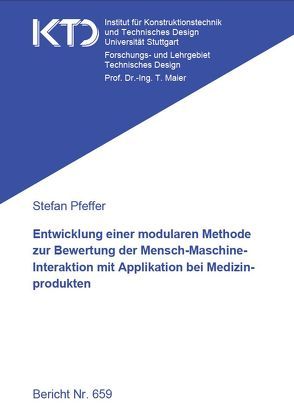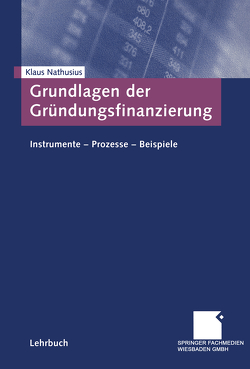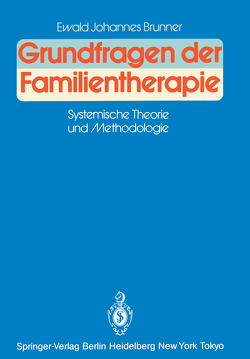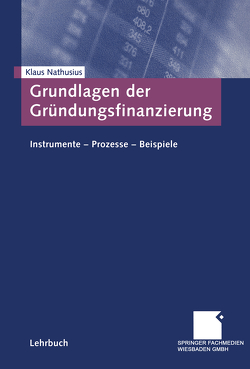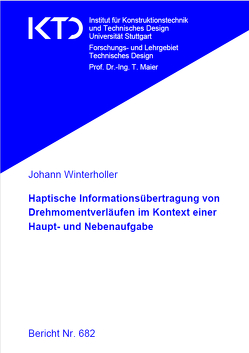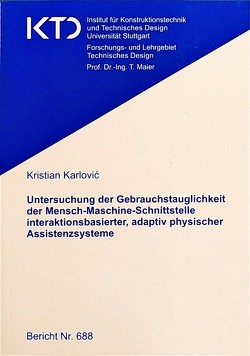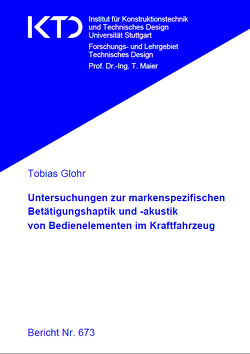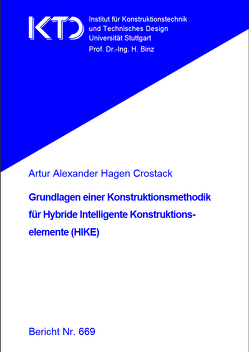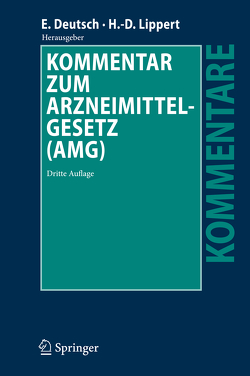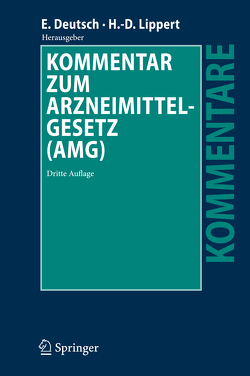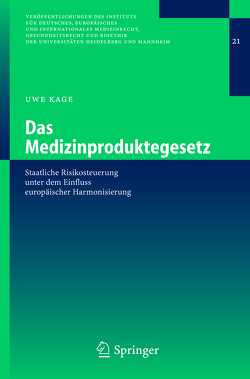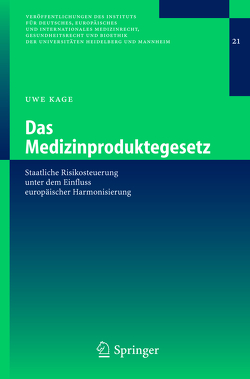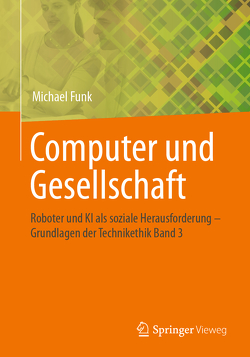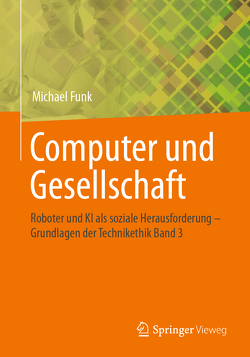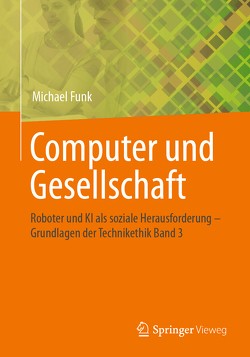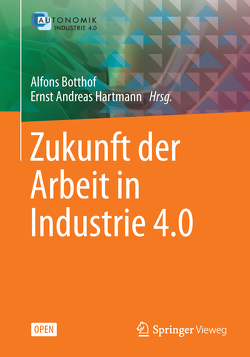Entwicklung einer modularen Methode zur Bewertung der Mensch-Maschine-Interaktion mit Applikation bei Medizinprodukten
Stefan Pfeffer
In the field of Industrial Design Engineering (Technisches Design), methods are used to design and assess human-machine-systems. In order to retain the “User Centered Design” [GOULD & LEWIS 1983], these methods are applied throughout the design process [BEIER 2013:65]. The main focus of the present work is the assessment of humanmachine-systems, whereby the main aspects of assessment are the form (“Gestalt”) and use (“Gebrauch”) [SEEGER 2005:4] of products. This distinction can be found in other disciplines like human-computer-interaction. BEVAN [2008] terms these two facets “Interface Usability” and “Usability in Use”. The ISO/IEC standard 25010 differentiates between “product quality” and “quality in use” [ISO/IEC 25010:2011]. Both the “Gestalt” (static) and the “Gebrauch” (dynamic) can be assessed with or without the integration of users. Integrating users is equal to empirical practice or evaluation [BORTZ & DÖRING 2006:96], whereas analysis involves assessment without users. Following the described dimensions, methods for assessing human-machine-systems can be assigned to four groups.
The present work is concerned with developing a method for assessing humanmachine-interaction (“Gebrauch”) including users, which is called evaluation of use (“Gebrauchsevaluation”). Owing to known benefits for the design process (chapter 2.6), the development pursues a quantifying approach. Additionally, the method shall offer a versatile application. For this purpose, the method has to be composed modularly. The development of the method is oriented to the domain of medical product design (classes 1, 2a and 2b), whereby a validation of “usability in use” is necessary for admission [GEIS& JOHNER 2015]. In order to implement the aspects specified above, the development utilizes the performance measurement approach of the human-computer-interaction discipline (chapter 2.6) as well as the existing approach for evaluation of use in the field of Industrial Design Engineering [PFEFFER & MAIER 2013B], called the “Workflow Method” (chapter 2.7).
The process of development is sub-divided into the conception (chapter 3 and 4) and evaluation (chapter 5) of the method. Prior to the conception, the scope (chapter 3.1.3) and range of key characteristics (chapter 3.1.4) were defined. Furthermore, a requirements list was developed (chapter 3.1.5), whereby requirements were classified into “general” and “specific”. Specific requirements were collected by a descriptive study (interview) in the domain of medical product design.
Conception was broken down into five subgoals which comprised the development of:
– a modular method structure (chapter 3.2.2),
– a metric pool (chapter 3.2.3),
– a selection procedure (chapter 3.2.4),
– a module for outcome visualization (chapter 3.2.5) and
– a methodology for method application within the framework of the design process (chapter 3.2.6).
As a result of the conception phase, the “Modular Evaluation Method (MEM)” has been developed. MEM is able to assess the “Quality of Use” (“Gebrauchsqualität”, GBQ) to distinguish it from the “Quality of Form” (“Gestaltqualität”, GSQ). The construct of “Quality of Use” is sub-divided into five factors (effectivity, use efficiency, physical user efficiency, mental user efficiency and satisfaction) and thirteen criteria overall (chapter 3.2.3).
The assessment process of MEM comprises three phases: planning, data acquisition and examination as well as interpretation and reporting. Due to its modular structure, MEM can be applied for formative as well as summative purposes, whereby the selection procedure supports the choice of appropriate metrics for each intended use. It is employed in phase 1 (planning). There the 47 metrics of MEM have to be restricted to the specific goal of evaluation. Therefore, MEM differentiates between four types of evaluation (in extension of HOLZ AUF DER HEIDE [1993:160]):
– How Good,
– Why Bad,
– Which Better and
– When Safe.
The chosen metrics are applied in phase 2 (data acquisition and examination). They are attached to the three modules for empirical data collection: observation, questioning, and measurement (physical and physiological). Consequently, MEM pursues a multiplemeasures approach (in principle) to assess “Quality of Use”.
Phase 3 of MEM conduces communicating the evaluation outcome back to the design and engineering disciplines in the form of a status report (summative) or activities report (formative). For the purpose of design iterations, the quantified results have to be related to the cause of human-machine-interaction. Therefore, the “Interaction Diagram” can be used (chapter 3.2.5). Other implemented tools for supporting an effective communication of results are the indexes for “design prioritization” and “risk prioritization”. Three kinds of evaluation have been adopted for the MEM requirements verification. Specific requirements were assessed in each verification act. Verification 1 took place as support evaluation during the conception (chapter 3.2.3). Verification 2 was based on an application evaluation of MEM, whereby six evaluation studies were designed and conducted (chapter 5.1). The third kind of evaluation was a success evaluation, for which a flowchart of MEM and questionnaire was given to usability engineering stakeholders of medical product manufacturers, who validated MEM on a theoretical basis (chapter 5.2).
Concluding all verification procedures, MEM accomplishes all of the demands (“Forderungen” [FELDHUSEN ET AL. 2013:334FF]) imposed by the requirements list. Wishes (“Wünsche” [FELDHUSEN ET AL. 2013:334FF]) could only be partially fulfilled because the modularity of MEM admits several states. Requirements like “economy of procedure” (“Verfahrensökonomie”) or “relevance for design” (“Gestaltungsrelevanz”) are dependent on the actual configuration of MEM and thus cannot be fulfilled in any case
